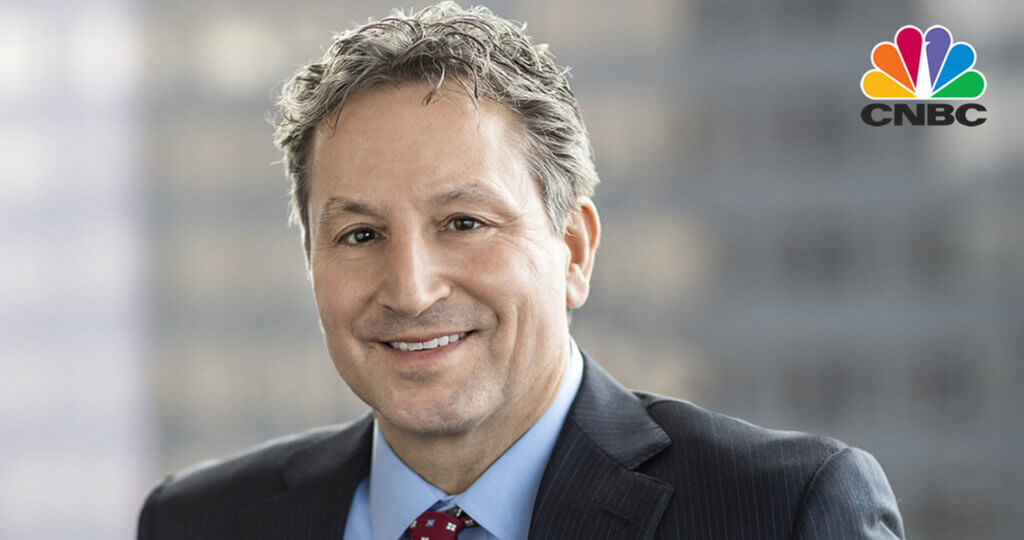Oakmark International Fund – Investor Class
Average Annual Total Returns 03/31/20
Since Inception 09/30/92 7.42%
10-year 1.70%
5-year -5.74%
1-year -29.51%
3-month -38.12%
Gross Expense Ratio as of 09/30/19 was 1.03%
Net Expense Ratio as of 09/30/19 was 0.98%
Past performance is no guarantee of future results. The performance data quoted represents past performance. Current performance may be lower or higher than the performance data quoted. The investment return and principal value vary so that an investor’s shares when redeemed may be worth more or less than the original cost. The To obtain the most recent month-end performance data, view it here.
As David Herro wrote in his lead letter, it was a difficult quarter for global markets and the Oakmark International Fund was not exempt. The Fund declined 38.1% for the quarter ended March 31, compared to the MSCI World ex U.S. Index, which lost 23.3%. Since the Fund’s inception in September 1992, it has returned an average of 7.4% per year. The top contributor for the quarter was Olympus (Japan), while the largest detractor was Glencore (Switzerland). Over the course of the past six months, the top contributor was Ferguson (U.K.), while the largest detractor was Glencore.
While we are disappointed in our performance results, we believe our Fund is well positioned and continues to offer value for our long-term shareholders. Although our holdings’ share prices have fallen 30-50%, we consider the impact on their underlying business values to be much less. We think current market conditions have created opportunities to buy high-quality companies at low prices, the cornerstone of value investing.
As market prices have fluctuated much more than our estimates of intrinsic value, our trading activity has picked up as we reposition the portfolio for the long term. The market volatility provided an opportunity to add two new holdings to the Fund this quarter: Prudential (U.K) and Alibaba Group (China).
Although Prudential, a global life and health insurance provider, is headquartered in the U.K., we estimate that over 90% of its value is derived from Asia, where it possesses strong franchises in Hong Kong, Indonesia and China. We believe that two structural factors will continue to boost the Asian market for years to come. First, Asian consumers’ increased wealth has significantly driven demand for insurance and financial planning products. Secondly, a massive demographic transition has created an aging population increasingly in need of retirement-related products and services. Yet, the penetration of life and health insurance in Asia remains relatively low compared to other markets. In addition to the structural benefits of the Asian market, we believe Prudential enjoys strong brand recognition, significant scale and financial stability, giving it an attractive competitive position. While the quarantine has made it difficult for the company’s agents to sell new products, the outbreak has not materially affected insurance-related payouts. We also believe that any setbacks Prudential experiences will likely be temporary and that the pandemic will actually increase awareness about the importance of both health and life insurance products and, therefore, serve to increase penetration rates over time.
Alibaba is one of the largest internet platforms in China and a market leader in several businesses, including e-commerce, cloud and fintech via the company’s partial ownership in Ant Financial. The management team has proven itself to be quite astute and has positioned the company at the forefront of several technological trends in China. We believe Alibaba will continue to enjoy rapid long-term growth, especially since several of its businesses remain underpenetrated and have yet to fully scale. We initiated a position during the quarter as the decline in valuation led to an attractive risk-reward profile.
During the quarter, we exited six positions: ASML Holding, Meggitt, Olympus, Prosus, OMRON and Willis Towers Watson.
Geographically, we ended the quarter with approximately 82% of our holdings in Europe and the U.K., 10% in Asia, and 3% in Australasia. The remaining positions are 2% in Africa (South Africa), 2% in North America (Canada) and 1% in Latin America (Mexico)
We continue to believe the Swiss franc is overvalued versus the U.S. dollar and we defensively hedged 11% of the Fund’s franc exposure.
We are reminded that these difficult economic times can create compelling buying opportunities. Our long-term focus allows us to attempt to take advantage of these short-term price dislocations. We believe the portfolio consists of high-quality companies that can provide our shareholders with attractive returns in the years to come. We thank you for your continued confidence.
The securities mentioned above comprise the following preliminary percentages of the Oakmark International Fund’s total net assets as of 03/31/20: Alibaba Group ADR 0.2%, ASML Holding 0%, Ferguson 0.8%, Glencore 3.7%, Meggitt 0%, Olympus 0%, OMRON 0%, Prosus 0%, Prudential 1.4% and Willis Towers Watson 0%. Portfolio holdings are subject to change without notice and are not intended as recommendations of individual stocks.
The net expense ratio reflects a contractual advisory fee waiver agreement through January 27, 2021.
The MSCI World ex U.S. Index (Net) is a free float-adjusted, market capitalization-weighted index that is designed to measure international developed market equity performance, excluding the U.S. The index covers approximately 85% of the free float-adjusted market capitalization in each country. This benchmark calculates reinvested dividends net of withholding taxes. This index is unmanaged and investors cannot invest directly in this index.
The Fund’s portfolio tends to be invested in a relatively small number of stocks. As a result, the appreciation or depreciation of any one security held by the Fund will have a greater impact on the Fund’s net asset value than it would if the Fund invested in a larger number of securities. Although that strategy has the potential to generate attractive returns over time, it also increases the Fund’s volatility.
Investing in foreign securities presents risks that in some ways may be greater than U.S. investments. Those risks include: currency fluctuation; different regulation, accounting standards, trading practices and levels of available information; generally higher transaction costs; and political risks.
The percentages of hedge exposure for each foreign currency are calculated by dividing the market value of all same-currency forward contracts by the market value of the underlying equity exposure to that currency.
The information, data, analyses, and opinions presented herein (including current investment themes, the portfolio managers’ research and investment process, and portfolio characteristics) are for informational purposes only and represent the investments and views of the portfolio managers and Harris Associates L.P. as of the date written and are subject to change and may change based on market and other conditions and without notice. This content is not a recommendation of or an offer to buy or sell a security and is not warranted to be correct, complete or accurate.
Certain comments herein are based on current expectations and are considered “forward-looking statements”. These forward looking statements reflect assumptions and analyses made by the portfolio managers and Harris Associates L.P. based on their experience and perception of historical trends, current conditions, expected future developments, and other factors they believe are relevant. Actual future results are subject to a number of investment and other risks and may prove to be different from expectations. Readers are cautioned not to place undue reliance on the forward-looking statements.
All information provided is as of 03/31/2020 unless otherwise specified.







